|
Hello Everyone! There are tutorials on this techniques blog. I also have several tutorials on YouTube at MarcyFine Art. If you simply google YouTube MarcyFineArt, or paste this link in your browser, https://www.youtube.com/channel/UCRPWZ0gafpY8yu5e6qc-Nuw you will come up with my channel. Some of these are on Basic Drawing, others are specifically about using markers or using markers with mixed media, pen and pencil. My reason for including both sets of topics is that, as an artist, I feel the grasp of values, even more than the grasp of drawing or painting skills is an essential tool for making a strong work. Values are the darks and lights. LIke in life, they move your eye from one place to the next. Although we "see" things in color, the patterns we see with our eyes is guided primarily by the light and dark areas, how light falls on objects. To grasp this, simply squint. You will be leaving out details and color information and " see" dark and light shapes. For a strong composition, these patterns assist in every work of art. So head on over to YouTube to view how I use these principles. https://www.youtube.com/channel/UCRPWZ0gafpY8yu5e6qc-Nuw ) or click MarcyFineArtYouTube You Tube Tutorials On Mixing Colored Pencil and MarkersFor basic drawing skill, we draw a pet. Here's my cat Buster.So I hope you take the time to jump over to YouTube and take a look!https://www.youtube.com/channel/UCRPWZ0gafpY8yu5e6qc-Nuw
0 Comments
Hello All! I've started the 100 Day Project. With this art challenge, I will create new work on a daily basis for 100 days. Every few days I’ll be updating my blog to show you. I'll post pices and let you know what I’ve learned with each piece I created. So, you say, what's in a daily art challenge for you? Won't this just encourage making a lot of bad art? I'll admit I've have had that thought. . Let's review why creating art each day can improve your art, whether you are a seasoned artist or a beginner.
I encourage all of you to try a challenge if you are interested in improving your work. Like any other skill, you get more skilled at art by doing it! Without further ado, here are pieces #1, #2, and #3. I have THREE pieces of art I actually like in only three days! I'm very excited. WHAT HELPS ME MOVE FAST and LEARN
As you see these are all quite different pieces. The first is acrylic marker, graphite and pastel. The second is a digitally over painted version of the first. The last one is acrylic marker, pen and pastel. All are 8x10" In one of my posts, I talk about using the old Master’s paintings as references. Everything you need to know, they have demonstrated again and again. Find those you like and study their palette, their compositions, their materials. COPY their work if you like. That is a tried and true way to learn. Chances are you will make it your own some way. Consider their work a treasure trove of genius and use them AS YOU CREATE. Did you lose your colors somehow? Open up some pics of your favorite masterworks and see how you strayed. Is your composition weak? Google composition with your favorite artist’s name. Have you done a challenge? What did you learn? How did you decide every day what to draw, paint or create? Does beginning a piece confuse you? The Rule of Thirds is a method I use in many ways to begin a painting. Not only that, I need only remember the number three to prompt my brain! In art, the Rule of Thirds, is a general guideline for how to create an interesting composition which states that any image--painting, photograph, graphic design—should be broken into a grid with two vertical and two horizontal lines, creating nine equally proportioned boxes. Whether you know the rule of thirds or just would like a refresher, here are some thoughts. I not only use the Rule of Thirds for composition, but for value and color. Three Uses for the Rule of Thirds Composition: As stated above, try beginning work by dividing your new work into sections of three: 3 down, 3 across. There are now 9 boxes, like a tic tac toe board. When creating the composition, your story - what that piece is about, what you want your viewer to notice - can lie at a point of intersection on the grid. Important sections in the composition can follow the grid lines. Also notice the upper gridline and the diagonal very near that lower line. Here's Van Gogh demonstrating that a tree is the focal point, at an intersection, for his painting. Value: The lights and darks, or values of a piece, are the bones of the composition. Everything else is carried on that skeleton. When first deciding on the values, three is enough. Dark, midtone, light. Three values. Consider a landscape. Foreground, dark, the land itself, midtone, and the sky, lightt. Consider a portrait. Background light, face midtone, clothing dark. Of course there will be more sections. But start with three. TIP: If you are working in color, and can take a look at your work in grayscale, you will see which areas to modify. Using Van Gogh's painting once again, can we see the three values? Darks, midtones, and lights? Squint your eyes for a better look. Look also at the way the tones direct your eyes toward the tree. Color: When considering a palette, simplify first, by using the Rule of Thirds. One color is dominant, another is secondary the third is your accent color, used sparingly. Let's name the colors below: Dominant: Yellow; Secondary: Blue; Accent: Pink. Although there are mixes of the colors named, you will note there are ratios of these three colors. Most of the painting is a yellow-green, the next color you see is blue, and the accent is a touch of pink. All rules are made to broken or expanded upon; however, the rule of three is great way to organize and start a work.
I almost always start a work with a reference photo. However, If I'm impatient or lazy, and I'm both at times, I may choose a photo with a weak composition. Rather than taking the time to think, I'll dive right in to my art process. And in this way, I make my greatest mistake, and may need some help. MY GREATEST MISTAKE - STARTING WITH A WEAK COMPOSITION This is what I call "my greatest mistake." I too frequently begin with a weak composition rather than take the time to think through where I want the work to go. In my process, all good work starts and ends with a strong composition. In my art practice, I consider the development of composition and values - especially lights and darks - as the bones of a good painting. All the technique and color in the world is icing on the cake. It won't save a compositionally poor work. (For more on establishing composition, visit my YouTube Channel at MarcyFineArt.) If I'm bumbling around in a work, I know I'm struggling with a weak composition. However, my media give me an advantage. By using acrylic and pen, I'm free at any time to strengthen the the piece quickly by drawing a new composition right over the old. I may actually simply scribble in shapes and make them into an object to make the composition work. HOW TO GET INSTANT HELP When you are in trouble, who ya gonna call? Well, in art, not ghostbusters. When I need help, I call on the best - The Great Masters. I google the works of my favorite painters and visually ask them questions about where my painting should go. My favorite painters belong to a group called the Nabis: Gaugin, Bonnard, Vuillard. As I look at their works, I ask questions of myself like: Does this piece look like mine? Are the shapes similar? The colors? How do they handle a similar composition? And with those questions visually answered, I improve my work. THE GOOD AND THE BAD OF THIS SOLUTION There are both positives and negatives to this process. First, I may have to abandon my beginning composition; next, I am risking that I'll be able to strengthen not only these bones, the structure of the painting, but that the entire painting itself will retain what I hoped it would be. Let's take a look at how this process played out today. The Process This is my reference photo. I know going in that the composition in the upper 1/4 of the photo is weak. Step 1. As I look at this photo, I see shapes that work those traced by the orange line. However the top quarter, outlined in blue, needs work. A good composition is a path that helps your eye travel around the painting. Great Master's to the Rescue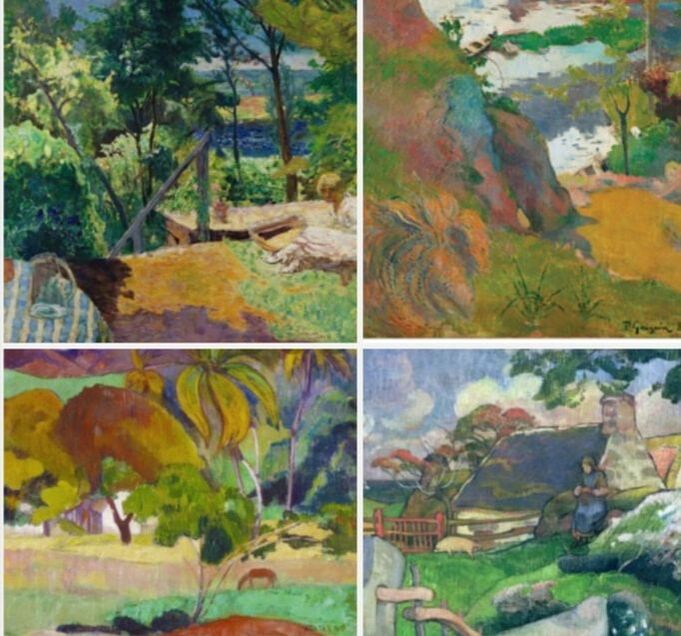 GREAT MASTERS TO THE RESCUE! In the pieces above, I have invited Gaugin and Bonnard to show me some work. These are only sections of their paintings. I notice the flowing shapes and the colors that are similar to the piece I'm creating. Although my piece becomes nothing like theirs, I learn from looking at their placement of colors and the flow - the compositional path - around the piece of art. I watch myself as I continue, because I really don't want to emulate their precision of shapes in my piece. I want to keep my own sketchy style. 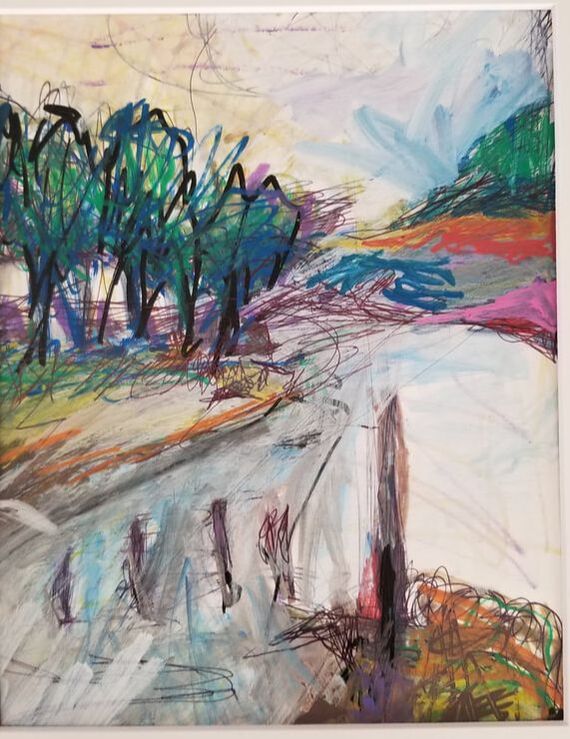 Confession: I have a visual problem. One eye is nearsighted, the other farsighted! My right eye wants to ignore the right side of my work. So I study the balance in the master's paintings. As you notice, I work to strengthen a shape on the right side. Take a look at your work. Is there some area that always feels weak? It's good to know. 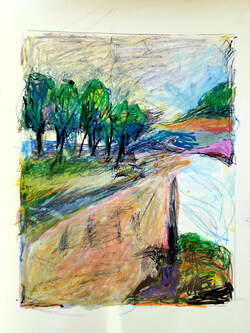 This was a two hour sketch. It's still unfinished as a piece of art. That right side still gives me problems. However, as I compare it to my reference photo, I'm happy with today's results. My time wasn't wasted thanks to asking for help when I needed it from my favorite painters. Do you have common problems with your paintings or drawings?
Art relaxes me. Today is January 7, 2021, and I need to relax. For a much more in-depth look at how I use these tools, both pencil and markers, visit my YouTube channel at MarcyFineArt. There are tutorials on basic drawing and how to use the markers to go over the pencil. This post is to encourage you to try quick sketches on your own! There is no real magic, only experimentation on how these media blend. I'd like to show you how I use my markers and a pencil, to just have at it. I'm going to show you a quick sketch. Below are photographs of a one hour sketch using marker and a graphite pencil. I simply go back and forth layering one over the other until I feel like the sketch is complete. For a blending tool, I use a broad-tipped white acrylic marker. I may refine this sketch further or not. I'm using a reference photo I took of a sunset, yet I'm choosing colors that I enjoy. The entire purpose of my quick sketches are to enjoy myself. My goal with this post is to encourage you to play with these media in the same way. Acrylic markers make it possible for you to express yourself and quickly revise a piece of work until your are finished or just want to toss it in the wastebasket. I do both. You'll find as you try these quick sketches you learn to use these media in spite of yourself. The only hint: have on hand a broad tipped white acrylic marker. This marker blends with the pencil, any of the markers, or you can use it opaquely over any area for revision. So, I invite you to have at it! https://youtu.be/huQ9ViAdKkk
Click on the link above for a 5-minute video showing how I combine marker and colored pencil for this quick sketch image. Give it a try! Find all my Tutorials on my MarcyFineArt YouTube Channel. If you shop for acrylic markers you will find sets that include many colors; a set I saw most recently has 156 markers. I have chosen to limit the number of colors in my marker sets. I have found that most 12 ct. sets include the same 12 hues and that is enough for me.
So why do I not choose a set with a wider range of colors? I have three personal reasons. INTENSITY: To achieve a bright, clear and consistent color, I can use any of these 12 markers opaquely. If I wish to shift an area toward a more muted tone, I use my black, gray or white markers with one of those 12. I can blend or hatch or do a wash with these neutral tones. I achieve a wide range of color with markers without all the color mixing that I wasn't very good at with paints. If I wish to make the color more intense in an area, I simply layer a pure hue hatched color over the muted area. In this way I can go back and forth, blending or hatching, until I achieve the tone I wish. The variations are near endless. CONSISTENCY: Keeping a consistent palette within a piece is difficult for me with too many color selections. When I took a painting class, one of the first assignments was to use only two colors to complete a work. That assignment was purposeful. It proves that it doesn't take many colors to achieve a wide range of color and value, and with fewer colors the piece retains a unified and consistent appearance. I've found the more color mixing I did with paints, the more likely I was to lose the unified appearance of the piece. The work didn't convey that it had a single light source. Also, I was frustrated having to remix a color, especially with acrylics, because they dry darker. With a limited number of markers, I don't end up with the same frustrations I fought against with paints. GAINING MASTERY: The fewer colors and tools I use, the more mastery I gain over them. I know what the red marker looks like, because I don't have 15 shades of red markers. I have one or two. What if I find myself longing for a color I can't seem to achieve? As I mentioned in other posts, I use colored pencil to shade and blend with the markers as well. Shading with the colored pencils never prevents me from going back to my basic set of markers to "reunify" the work as I'd like. And often I'll find a subtle blend that's just right. To recap, fewer colors mean creating a more unified piece, easier modifications to a work, and quicker mastery of the tools. Welcome to my blog page about blending colored pencils and acrylic markers. With these two media, you can produce some traditional and quite unexpected effects! First, I'd like to fill you in (was that a pun?) on my favorite acrylic marker brands.
I've tried several brands of markers over the past two years: Posca Acrylic Markers, Hand Made Modern Permanent Markers, Liquitex Acrylic Markers and Artistro Acrylic Markers. I have tried Sharpie water-based markers which I sometimes use as a base. I cover them with acrylic. I find all these brands easily on Amazon, except for my favorite - of course - Hand Made Modern Permanent Paint Markers, 12ct for 16.99. Hand Made Modern Markers were my first set of markers. I found them completely by accident at Target. I decided to give markers a try having used acrylic paints and mixed media for many years. Hand Made Modern Markers are distributed by Target and can be purchased at the store. Why do I like them? The 12 ct box has the colors I prefer, they blend well, they are economically-priced, and they can be applied either transparently or opaquely. They've also lasted an incredibly long time, more than any other brand I've tried, without drying out. My next choice are Posca Markers. Posca Markers come in many tip sizes and color sets, all available on Amazon. I consider a broad-tipped white Posca marker to be an essential tool. I use the white marker as a blending tool and to opaquely cover any area I don't like. I use the white markers a great deal and found I can purchase Posca white markers in sets on Amazon. My third favorite brand are the Artistro Markers. Artistro has a spectacular range of colors in the small 12 ct sets. They last quite some time as well. Finally, Liquitex Markers are the most archival, (the least likely to fade over time) yet they are limited in color. and the most expensive. Like Liquitex paints, their colors are unlikely to fade over many years. I use colored pencils and black ink along with all these marker brands. With them, I can bump up intensity, and add marks, by layering or coloring over the acrylic. I seal finished work with a UVA protectant spray fixative to keep colors fresh. My choice for colored pencils are Prismacolor. They are excellent, artist grade, highly pigmented colored pencils, with blendable, beautiful colors. This is by no means an exhaustive report on the brands of acrylic markers out there; these are my acrylic marker "experiences" over the past two years. Keep coming back to my blog for more information on how I've used and continue to use these media. |
Marcy Orendorff Fine ArtArt techniques Archives
February 2021
Categories |

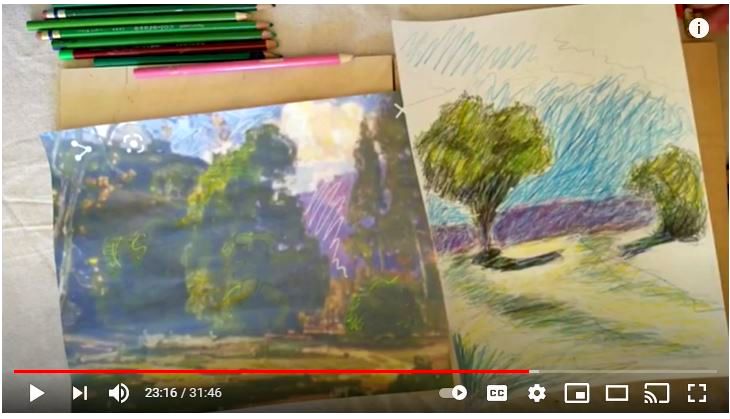
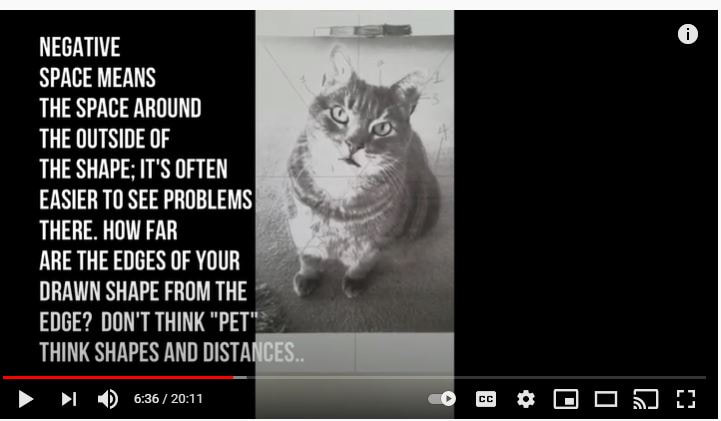
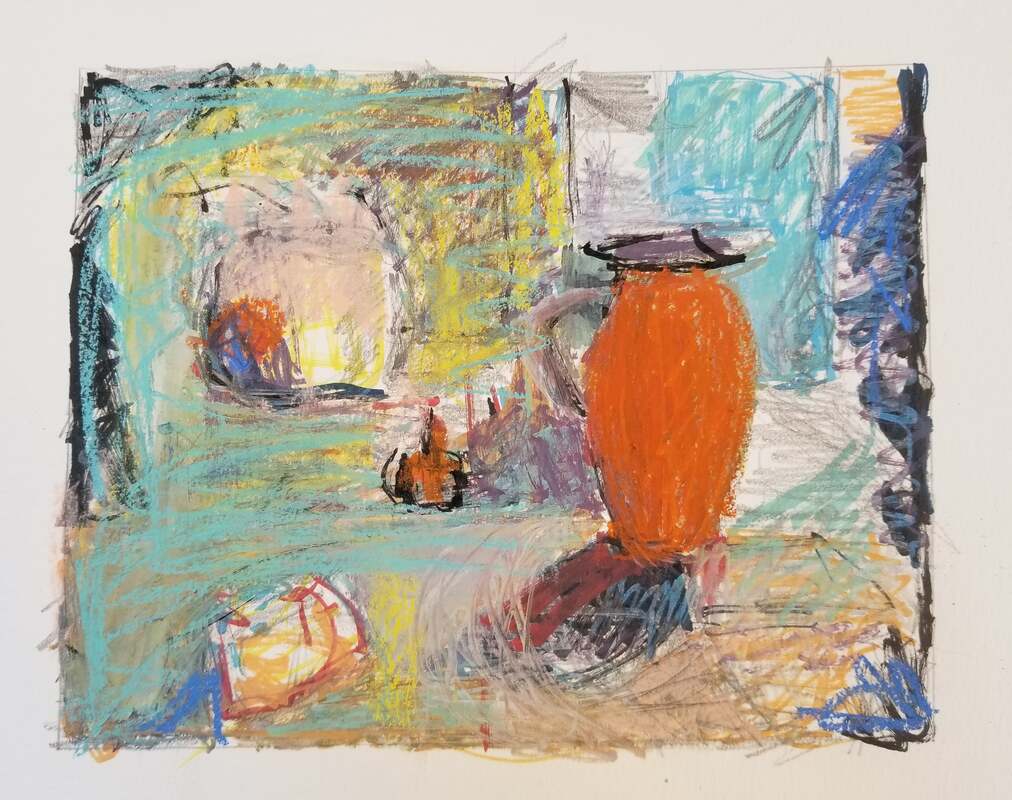
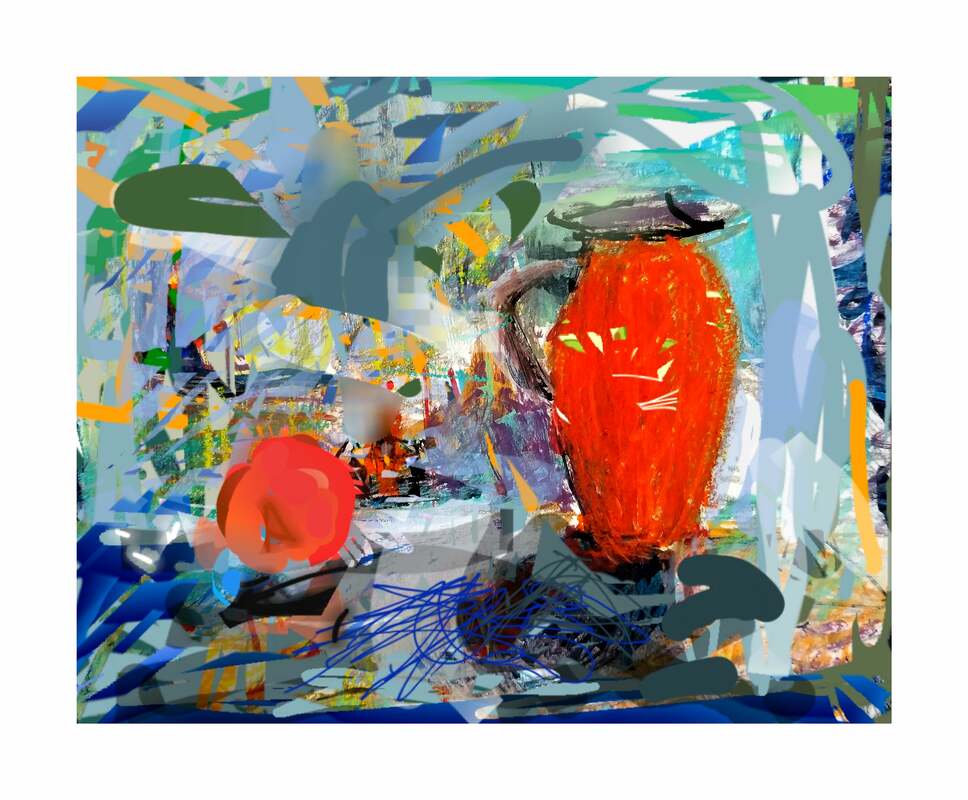
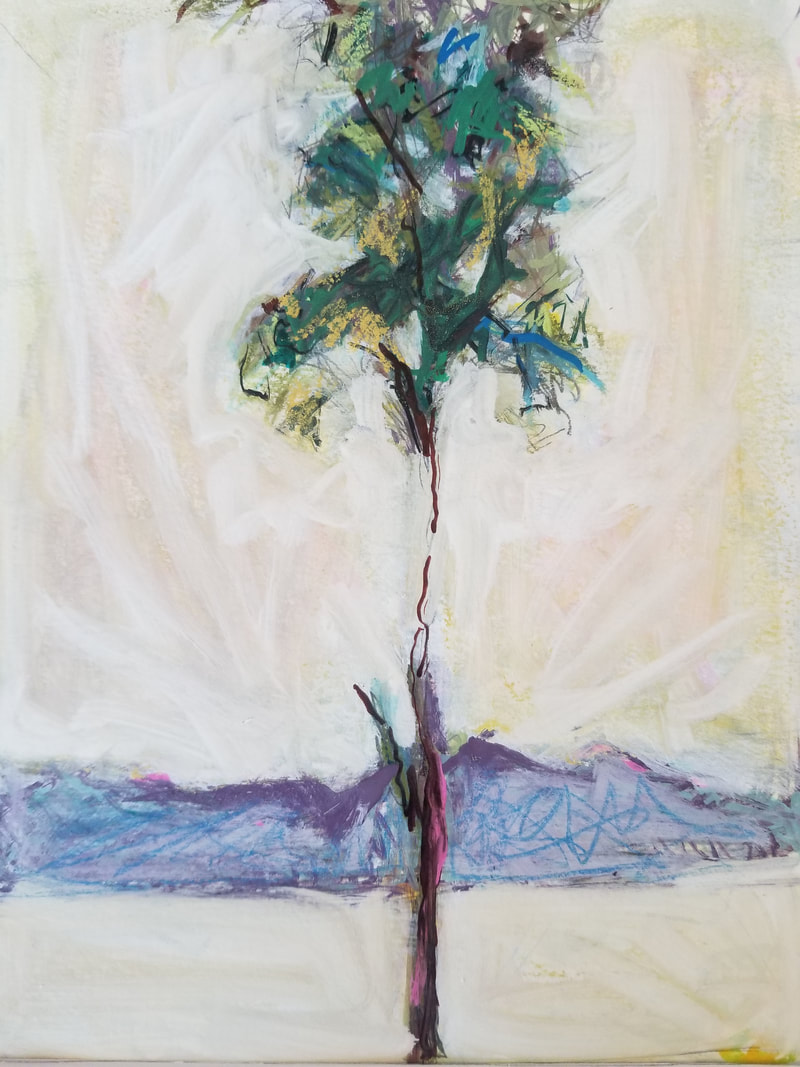

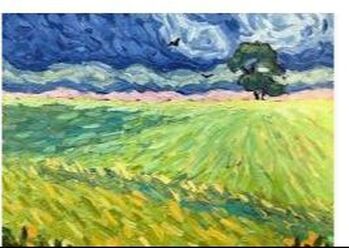
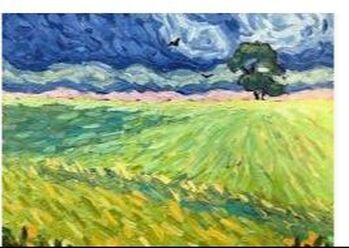
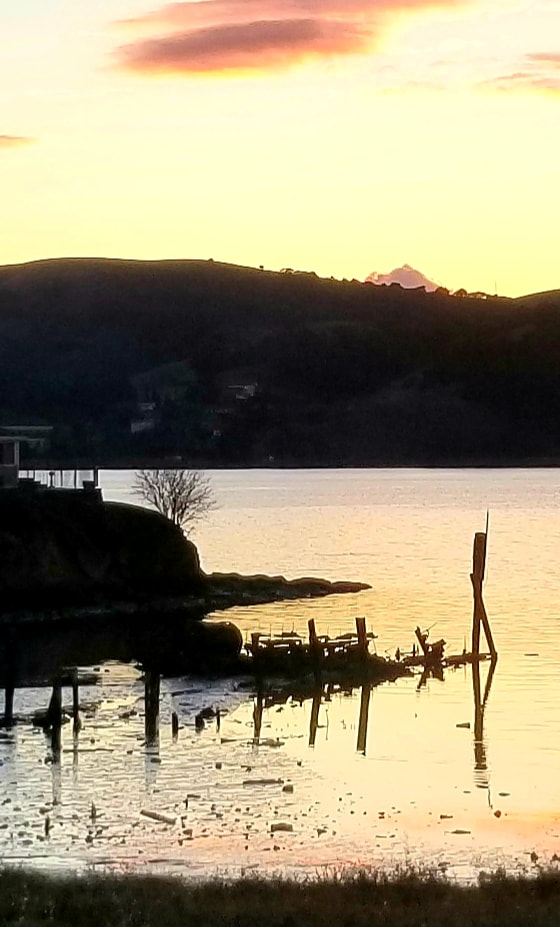
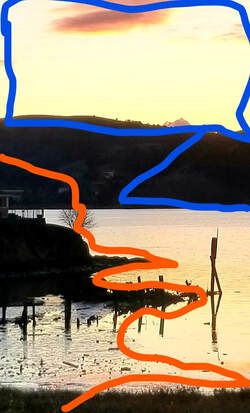
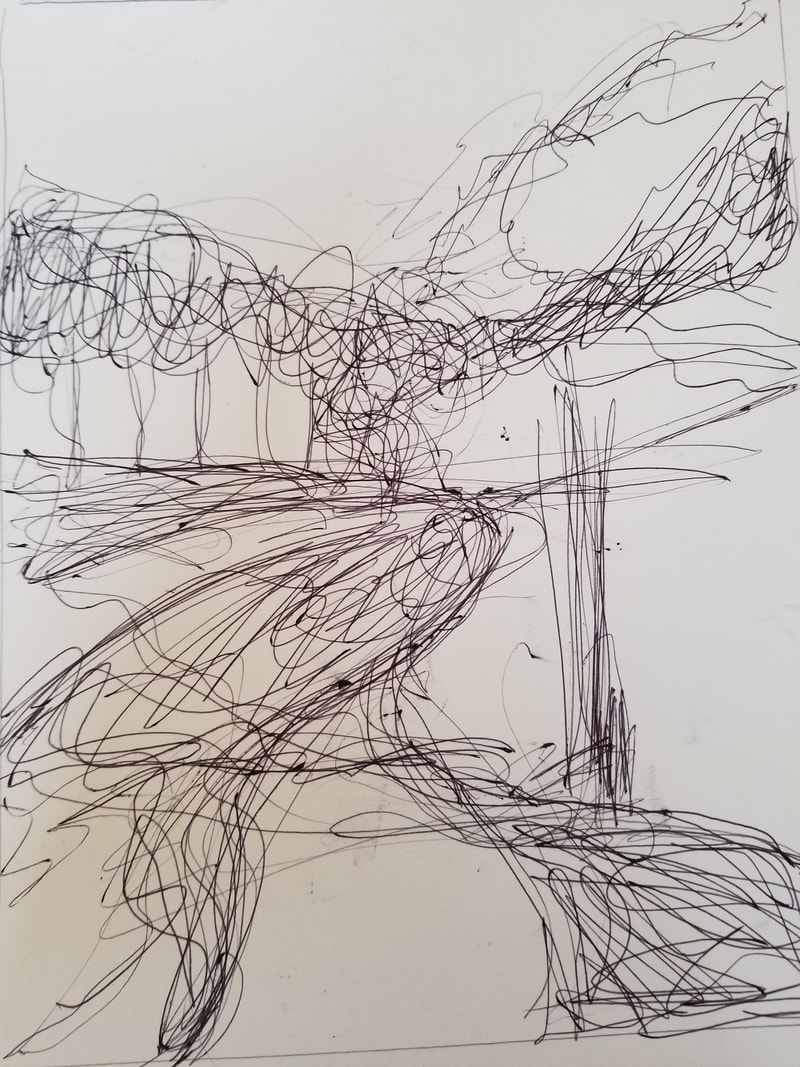


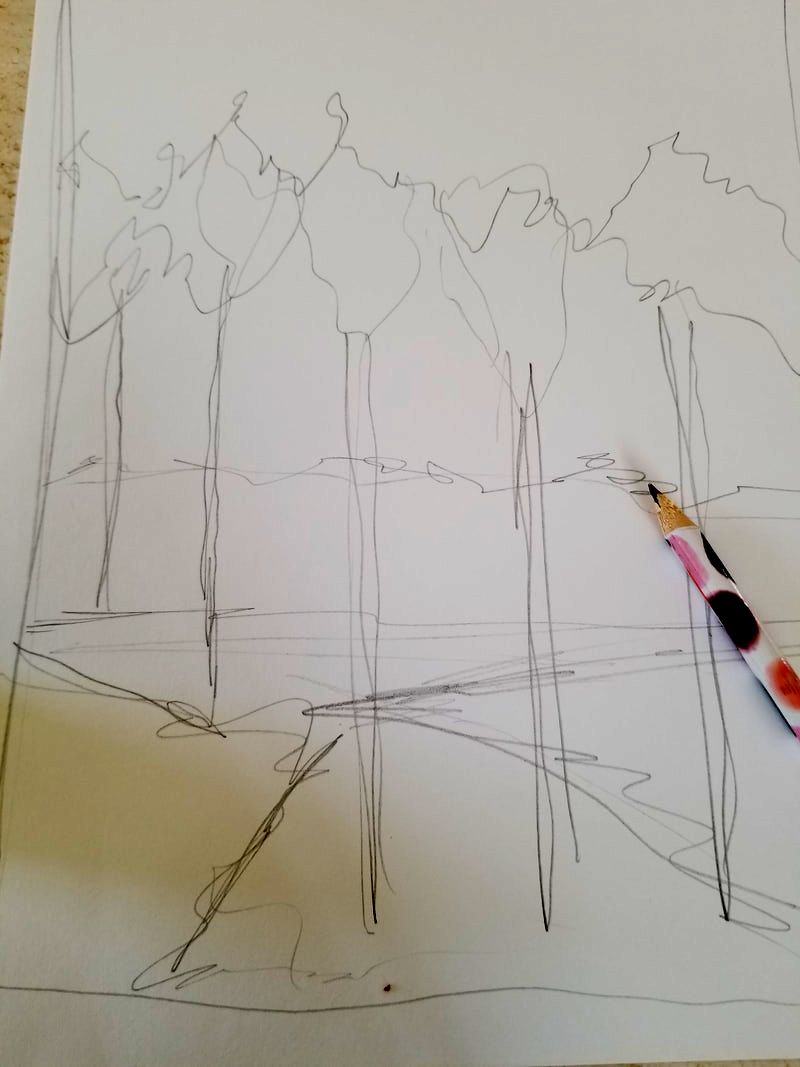
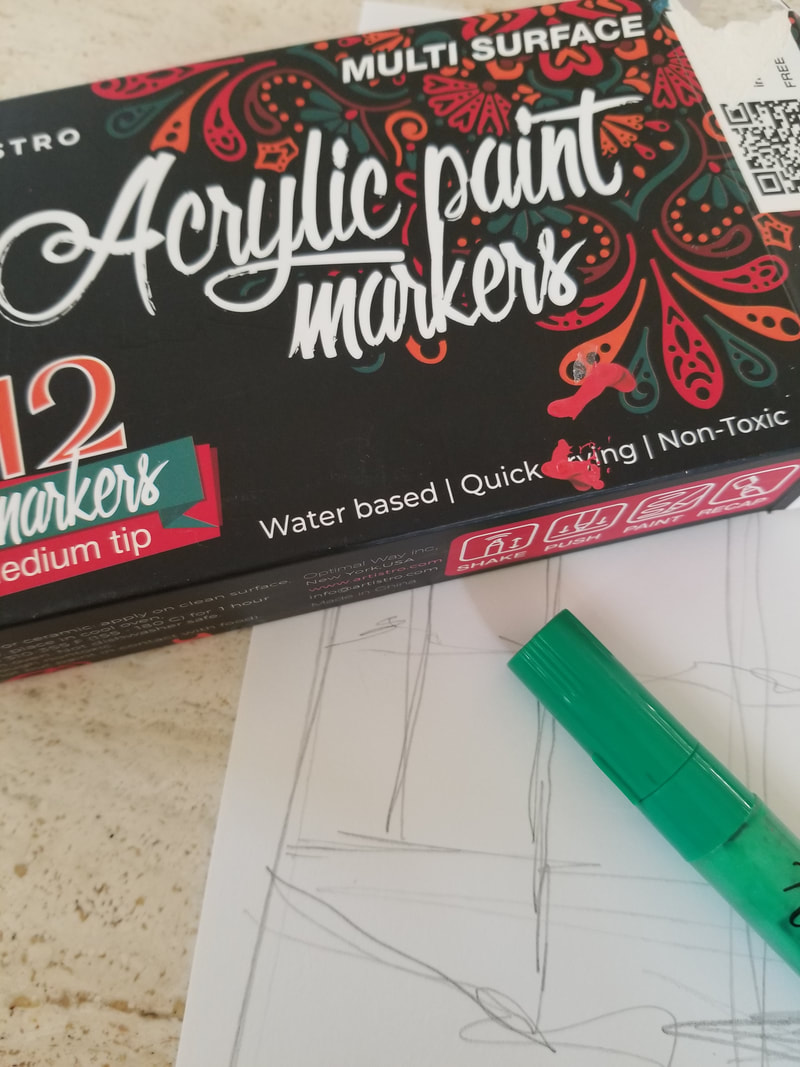
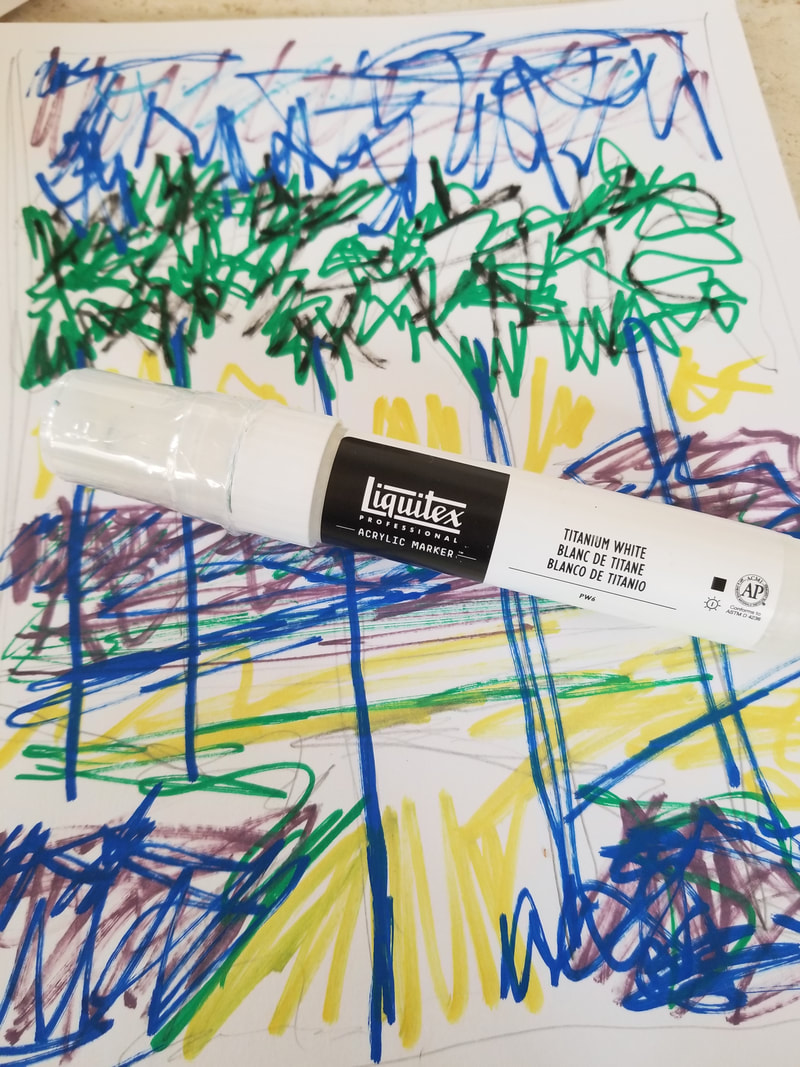
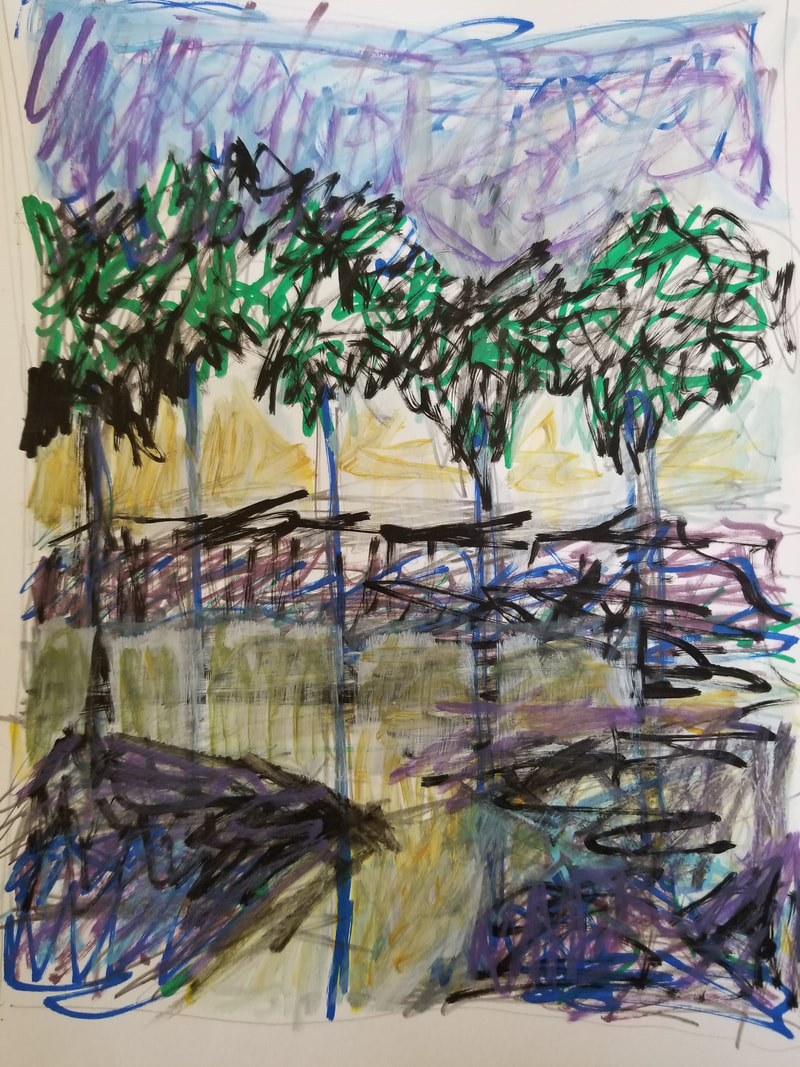
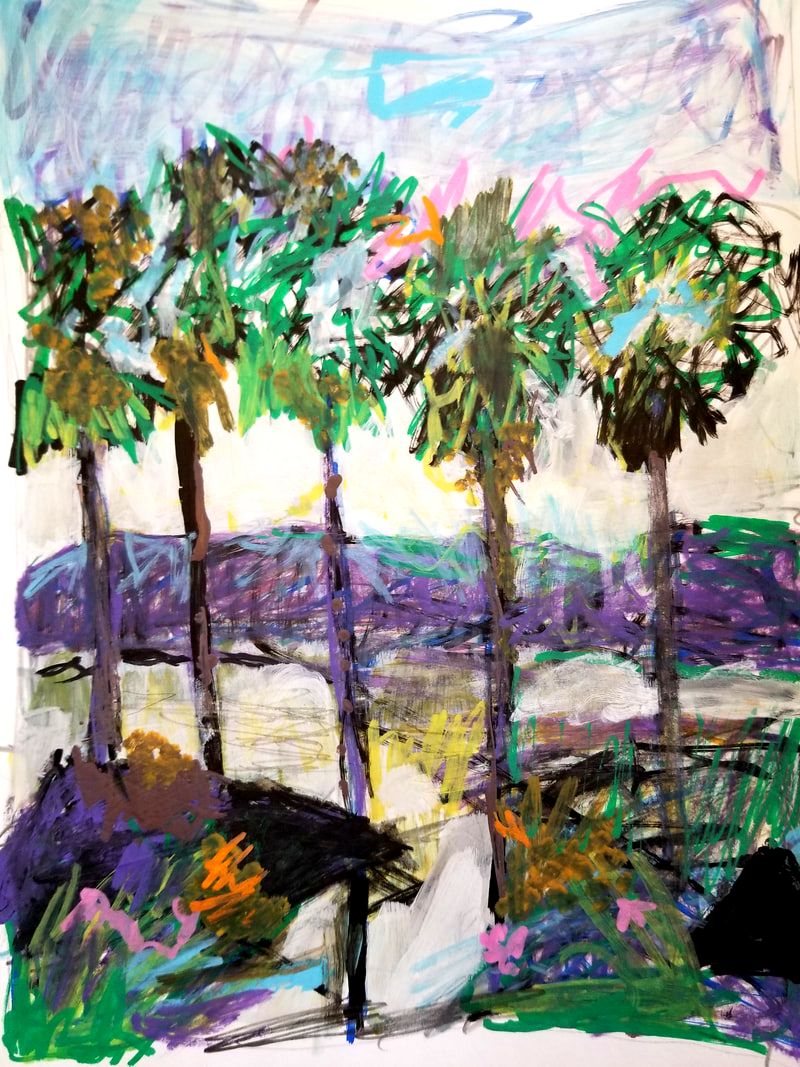
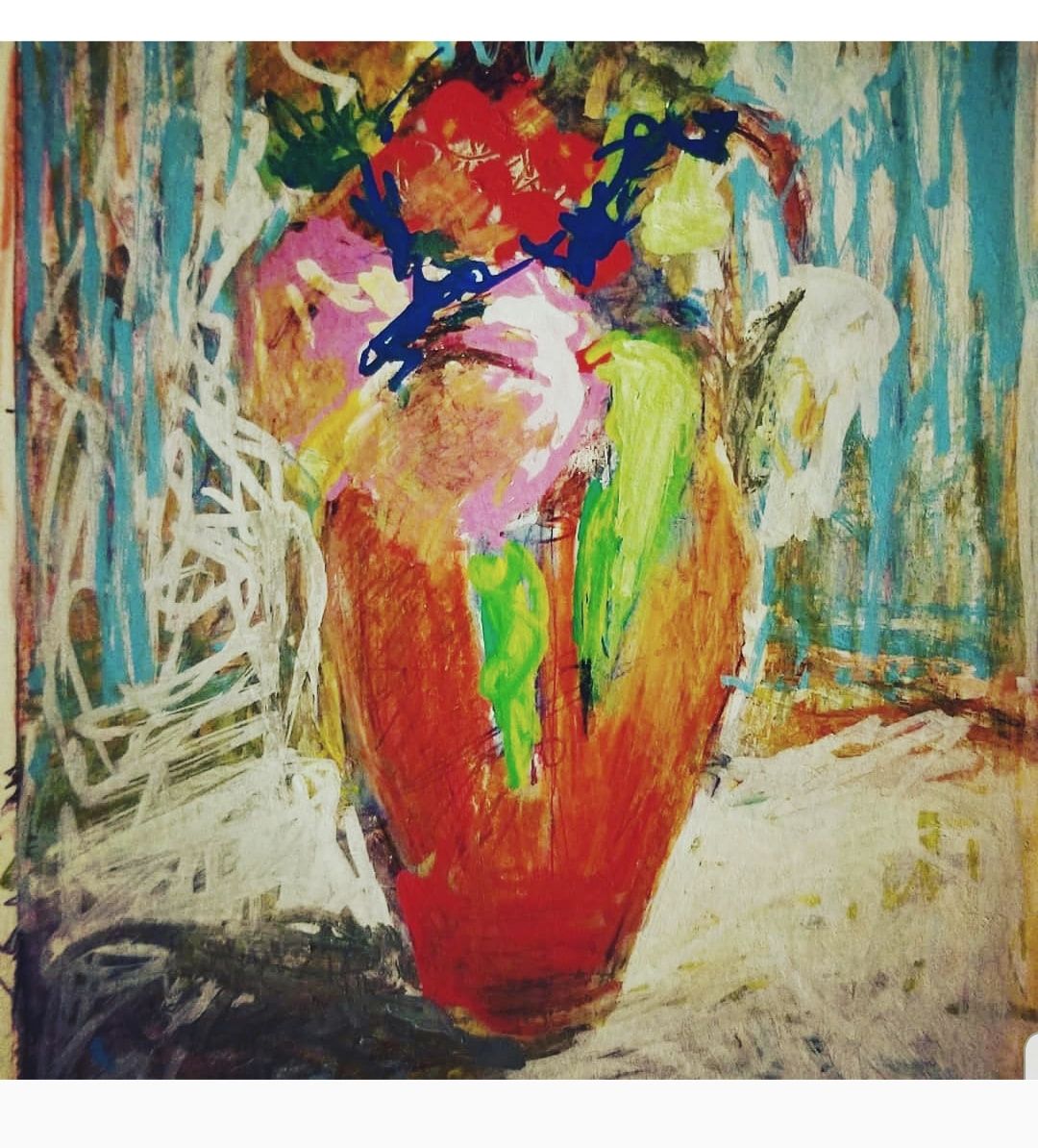
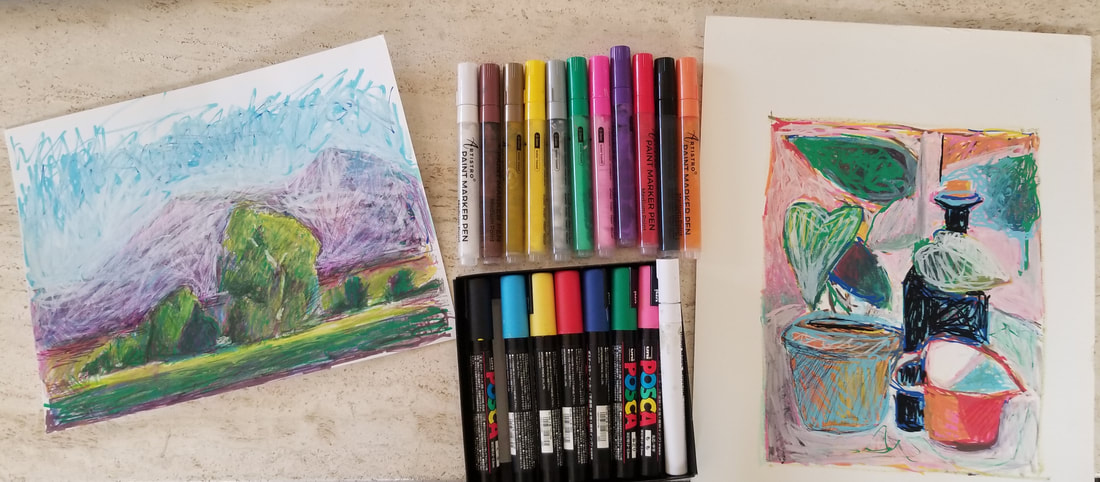
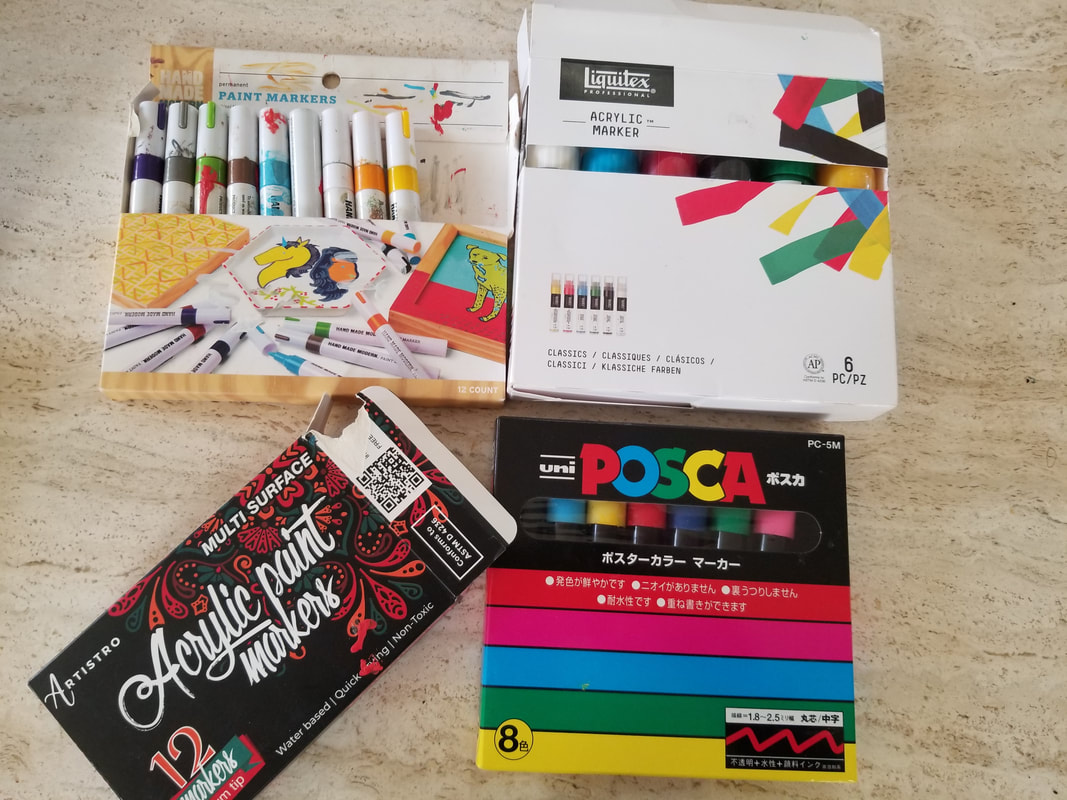
 RSS Feed
RSS Feed